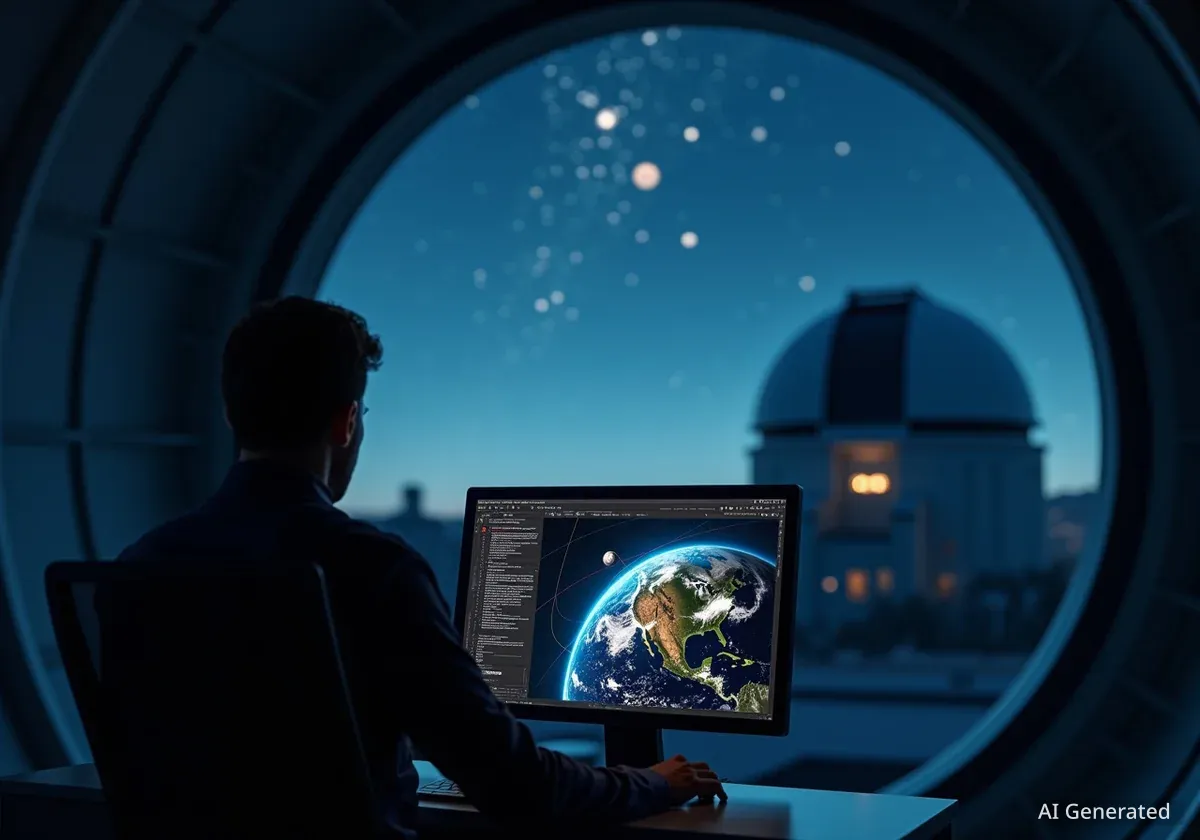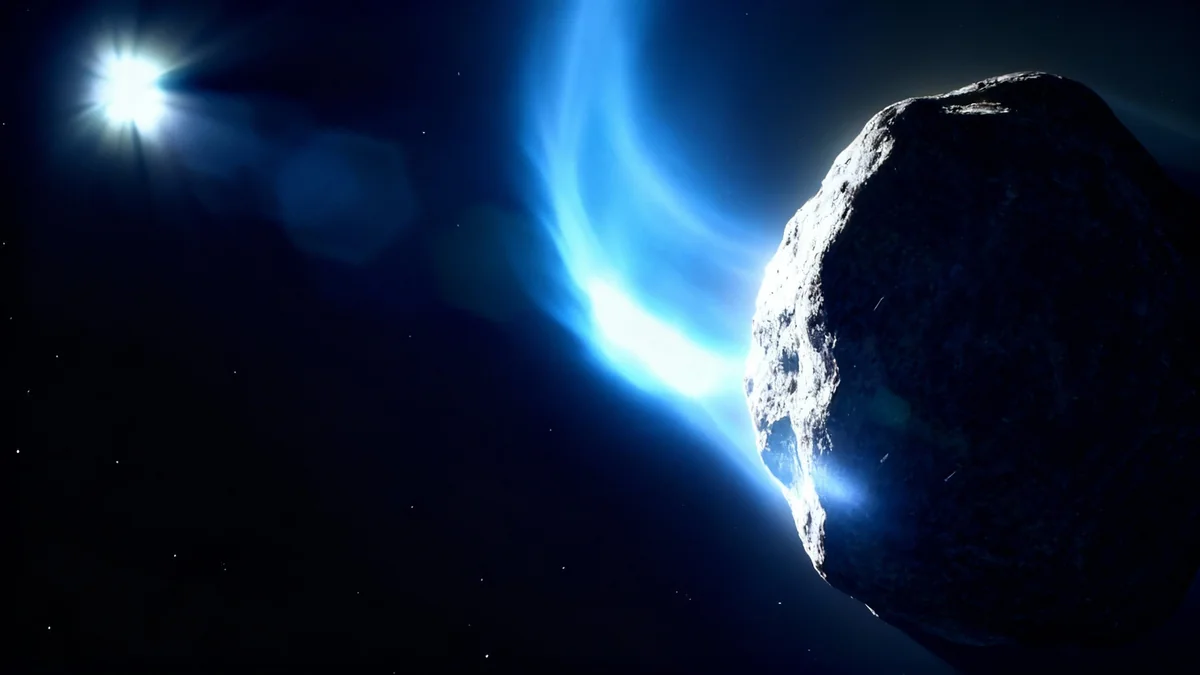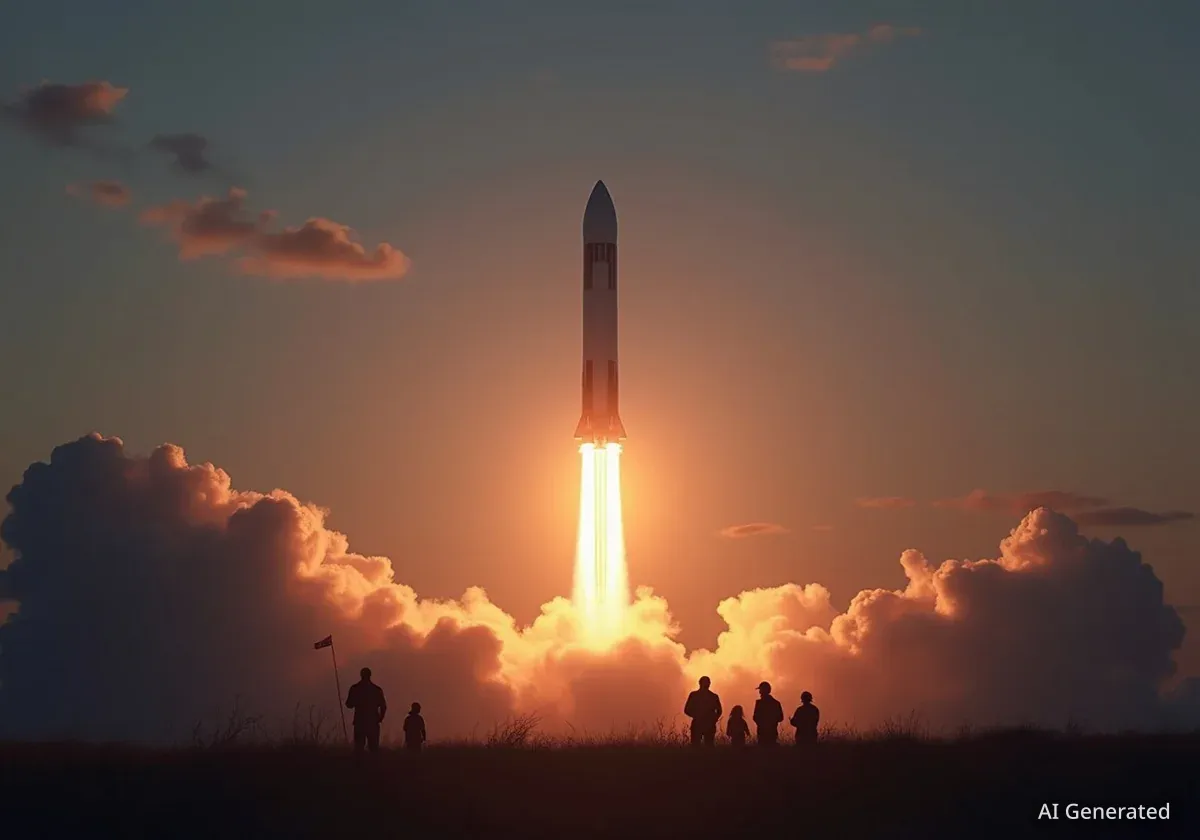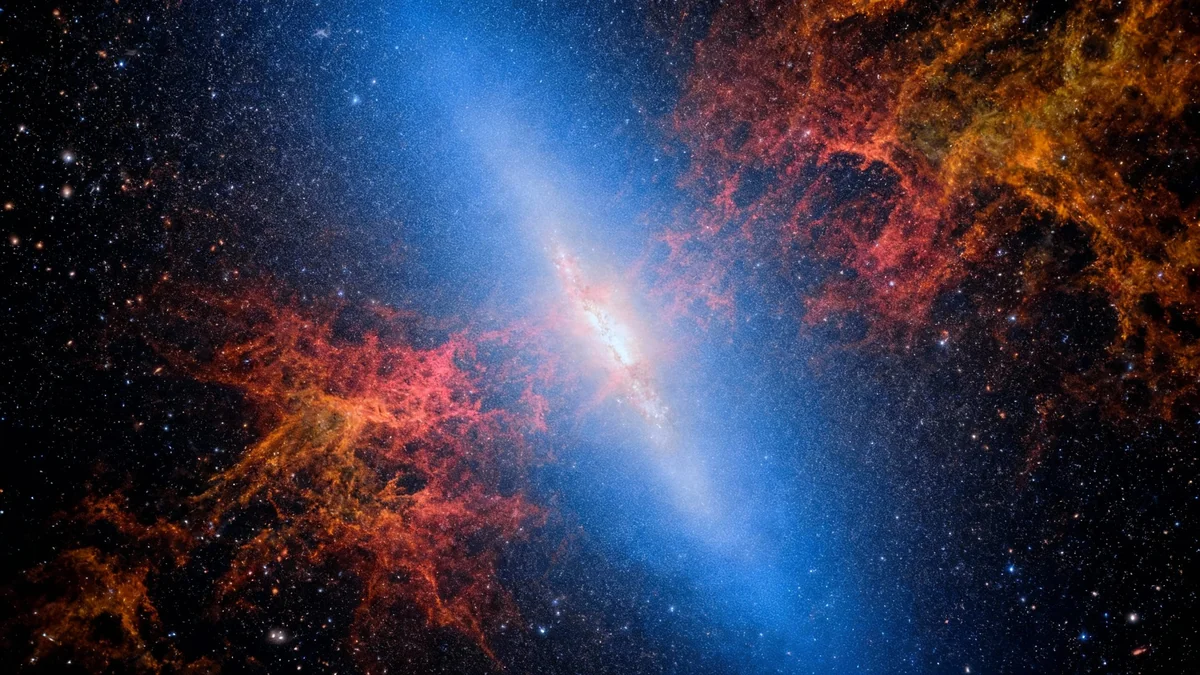A small asteroid, designated 2025 TF, recently passed Earth at a distance similar to the International Space Station's orbit. The European Space Agency (ESA) confirmed that the object, estimated to be between 1 and 3 meters wide, posed no threat to our planet. Astronomers tracked the asteroid shortly after its discovery, allowing for precise calculations of its trajectory.
Key Takeaways
- Asteroid 2025 TF passed Earth at an altitude of 428 ± 7 kilometers.
- This distance is comparable to the International Space Station's orbit.
- The asteroid measures approximately 1 to 3 meters across.
- It was discovered by the Catalina Sky Survey just hours after its closest approach.
- Objects of this size are not considered dangerous to Earth.
Close Approach Over Antarctica
Asteroid 2025 TF made its closest approach to Earth on October 1 at 00:47:26 UTC. It flew over Antarctica, coming within 428 kilometers of the planet's surface. This is a remarkably close distance in astronomical terms.
To put this into perspective, the International Space Station (ISS) typically orbits at an altitude ranging from 370 to 460 kilometers. This means the asteroid passed through Earth's vicinity at an altitude well within the operational zone of human spaceflight activities.
"Objects of this size pose no significant danger. They can produce fireballs if they strike Earth’s atmosphere, and may result in the discovery of small meteorites on the ground."
This statement from the ESA's Planetary Defence Office highlights that while the event was noteworthy due to its proximity, there was no cause for alarm. The Earth's atmosphere acts as a natural shield against smaller cosmic objects.
Asteroid Facts
- Size: Approximately 1 to 3 meters (3 to 10 feet) in diameter.
- Discovery: First observed by the Catalina Sky Survey.
- Location of Observation: Las Cumbres Observatory telescope in Siding Spring, Australia, used by ESA's Planetary Defence Office.
Discovery and Tracking Efforts
The Catalina Sky Survey, a NASA-funded project based in Arizona, first detected Asteroid 2025 TF. This detection occurred just a few hours after the asteroid had already passed its closest point to Earth. The rapid identification demonstrates the effectiveness of current asteroid monitoring systems.
Following its initial discovery, astronomers from the ESA's Planetary Defence Office quickly mobilized to observe the object. They utilized the Las Cumbres Observatory telescope located in Siding Spring, Australia. This swift action was crucial for gathering more data.
Tracking a meter-scale object in the vastness of space, especially when its exact position is initially uncertain, is a challenging task. The ability of astronomers to pinpoint its location and trajectory so quickly is a testament to advanced observational techniques and international collaboration.
The Role of ESA in Space Defence
The European Space Agency (ESA) plays a vital role in protecting Earth from potential asteroid impacts. Its Planetary Defence Office is responsible for monitoring Near-Earth Objects (NEOs) and assessing any potential threats. This involves a network of telescopes and data analysis centers across the globe.
ESA's mission extends beyond merely identifying threats. It also focuses on developing strategies and technologies for asteroid deflection, although such measures are typically reserved for much larger, potentially hazardous objects.
Understanding Asteroid Impacts
Objects of the size of 2025 TF are common in our solar system. They frequently enter Earth's atmosphere, usually burning up due to friction. This process creates spectacular phenomena known as "fireballs" or "shooting stars."
If an asteroid of this size survives its atmospheric entry, fragments can reach the ground as meteorites. These meteorites are valuable for scientific study, providing insights into the composition of asteroids and the early solar system. However, they rarely cause significant damage.
According to planetary defense experts, objects need to be considerably larger, typically tens of meters in diameter or more, to pose a regional or global threat. Continuous monitoring by agencies like ESA helps ensure that any larger, potentially dangerous objects are identified well in advance.
Future Monitoring and Missions
ESA is actively involved in various space activities designed to enhance our understanding of the solar system and protect Earth. This includes missions to explore other planets, develop new space technologies, and improve asteroid detection capabilities.
- Exploring the Solar System: ESA missions aim to unlock secrets of the universe, from studying distant galaxies to analyzing planetary bodies within our own solar system.
- Protecting Earth: Efforts are underway to safeguard life and infrastructure on Earth and in orbit from space hazards, including asteroids and space debris.
- Technological Advancement: ESA focuses on making space accessible and developing cutting-edge technologies for future missions and applications that benefit citizens on Earth.
The continuous work of space agencies ensures that humanity remains vigilant against natural threats from space, while also advancing scientific knowledge and technological capabilities for the future.





